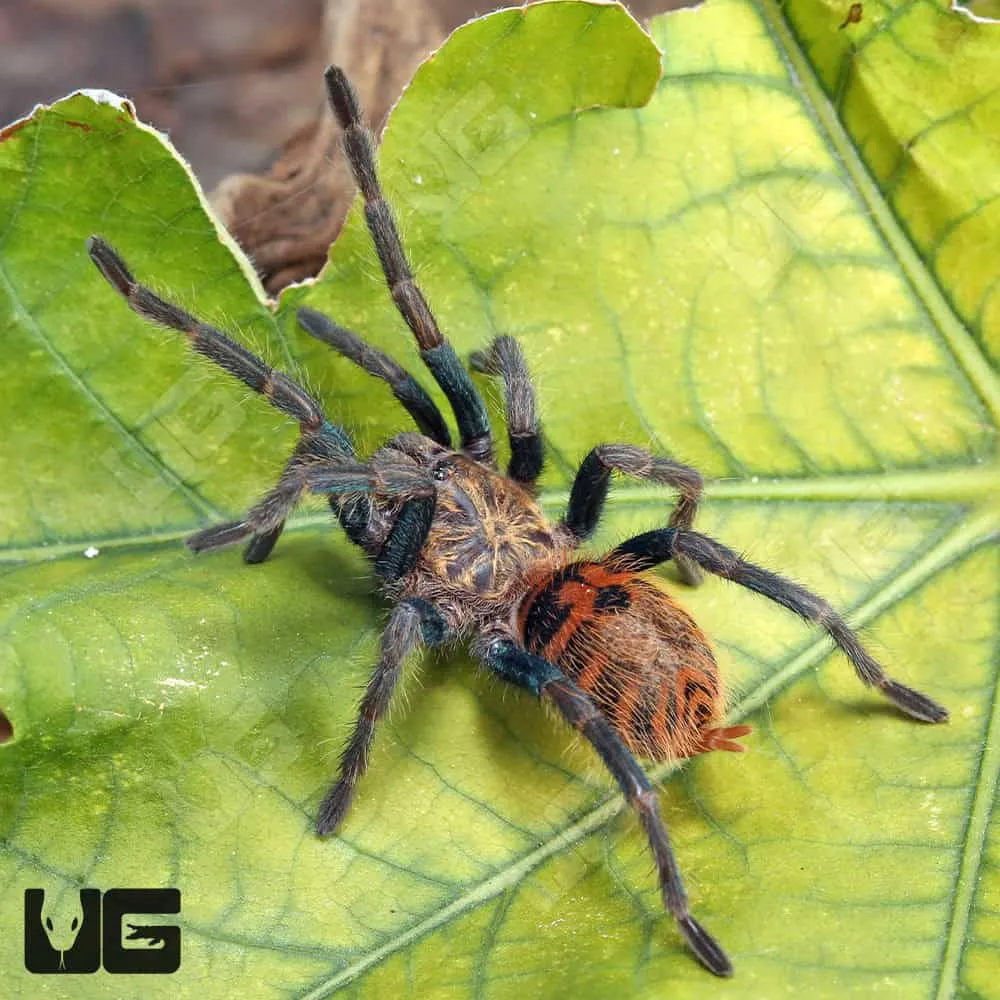Understanding Green Bottle Blue Tarantulas (GBBs)
The Green Bottle Blue Tarantula, scientifically known as Chromatopelma cyaneopubescens, is a striking and sought-after species in the tarantula hobby. Native to the coastal regions of Venezuela, this arboreal tarantula is renowned for its vibrant coloration – a metallic blue carapace, green legs, and a reddish-orange abdomen. Their beauty and relatively docile nature have made them popular pets, but breeding them successfully requires understanding their specific needs and behaviors. This article provides essential tips for those looking to breed these captivating creatures. Before embarking on this journey, it’s crucial to have a solid understanding of tarantula care, including proper housing, feeding, and environmental conditions. Successful breeding begins with a healthy and well-cared-for tarantula.
Identifying Mature Green Bottle Blue Tarantulas
Breeding GBBs necessitates accurate sex determination and recognition of maturity. Male GBBs typically mature faster than females, often within 1-2 years. Identifying the sex of a tarantula can be done by examining the molt. After a molt, the exuvium (shed skin) can be inspected for the presence of spermathecae (sperm storage organs) in females. Males possess a pair of modified pedipalps called ‘boxing gloves’ which they use to store sperm and are used in mating. Additionally, mature males have tibial hooks on their front legs, which they use to hold the female’s fangs during copulation. Females mature slower than males. Therefore, before attempting to breed, it is essential to verify that both the male and female have reached maturity. Correct sexing and maturity assessment are crucial for a successful breeding attempt.
Male vs Female GBB Tarantulas

Distinguishing between male and female GBBs is vital for breeding. As mentioned, examining the exuvium for the presence of spermathecae confirms a female. Males develop tibial hooks and bulbous pedipalps upon maturity. Size can also be a clue, with females generally being larger than males. The lifespan also differs; females can live for 10-12 years or more, while males typically live for 2-3 years after maturity. Careful observation of these characteristics ensures you are pairing a mature male and female for the best chance of successful breeding. Understanding these differences will help you in creating an ideal breeding setup.
Preparing for Breeding Green Bottle Blue Tarantulas
Preparing your GBBs is key to a successful breeding attempt. Both the male and female should be well-fed and in good health. The female, in particular, should be plump, indicating she is ready to produce an egg sac. Before introducing the spiders, prepare their enclosures. Ensure the female’s enclosure provides adequate space and is well-furnished. This will allow her to feel safe and secure. The male’s enclosure also needs to be suitable, but the primary concern is to have the female ready to mate. Preparation involves ensuring both spiders are active, healthy, and ready for mating. It’s also crucial to have a plan for the spiderlings after they hatch, including appropriate housing and food sources.
Optimal Enclosure Setup for Breeding
The enclosure setup is critical for the well-being of the tarantulas and the success of breeding. For the female, provide an arboreal enclosure with plenty of vertical space as GBBs are arboreal. The enclosure should include a secure hide, such as cork bark or a hollow log, for the female to retreat to. Substrate should be a mixture that retains moisture without being overly wet. Offer a water dish and maintain a temperature range between 75-85°F (24-29°C) and a humidity level of 60-70%. Make sure the enclosure is escape-proof, as tarantulas can be quick. For the male, a similar, but potentially smaller, enclosure is sufficient. The setup should prioritize the safety and comfort of both tarantulas.
Creating the Ideal Climate Conditions
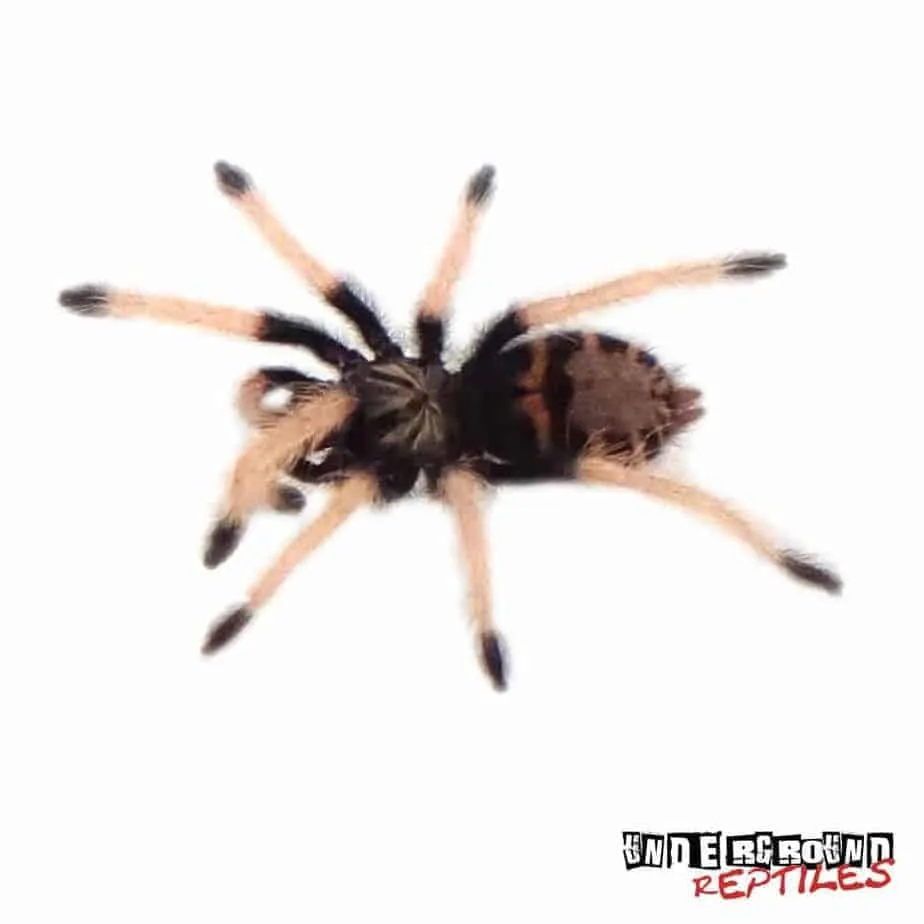
Maintaining the correct temperature and humidity levels is essential for GBBs’ overall health and successful breeding. A temperature range of 75-85°F (24-29°C) is ideal. Use a heat source, such as a heat mat or a low-wattage bulb, to maintain this temperature, especially in cooler environments. Humidity levels should be kept around 60-70%. Achieve this by lightly misting the enclosure once or twice a week, ensuring the substrate doesn’t become waterlogged, and providing a water dish. Proper ventilation is also necessary to prevent mold and maintain air quality. Regular monitoring with a hygrometer and thermometer is crucial to ensure these conditions are met.
The Breeding Process for GBBs
Once you have prepared your GBBs and their enclosures, the breeding process can begin. It is advised to introduce the male to the female’s enclosure, ideally during the evening or at night when tarantulas are most active. Carefully place the male into the female’s enclosure, ensuring you can observe the interaction. Supervise the mating process closely and be prepared to intervene if necessary. The male will approach the female and attempt to mate. This process can range from a few minutes to a few hours. After mating, remove the male from the enclosure to prevent the female from potentially attacking and consuming him. Monitoring the female’s behavior after mating is crucial for success.
Introducing the Male and Female GBB
The introduction phase is delicate. Place the male GBB into the female’s enclosure. It’s crucial to monitor their behavior closely. The female may or may not be receptive immediately. Be ready to remove the male if the female shows aggression, indicated by a defensive posture or threat displays. If the female is receptive, the male will approach her, often drumming on the ground or web. This is part of the courtship ritual. The key is careful observation and preparedness to remove the male if necessary to ensure his safety. A slow, deliberate introduction often leads to better results.
Mating Behavior and Observation
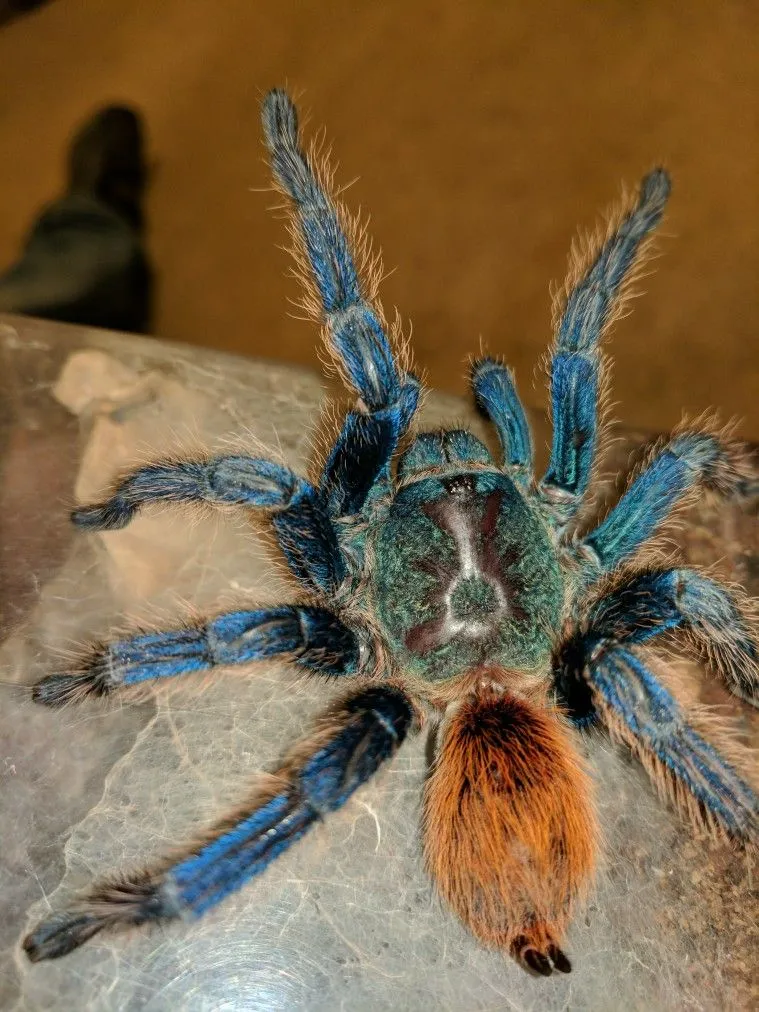
During mating, the male will insert his pedipalps into the female’s epigastric furrow, transferring sperm. This can take a few minutes to several hours. Observation is key during this period. Make sure the female is not attacking the male. After mating, the male should be removed to avoid him being eaten. Observe the female’s behavior over the next few months. If successful, she will create an egg sac. This process can be fascinating to watch but requires patience and careful attention to detail. Documenting the process can also be beneficial for future breeding attempts.
Post-Mating Care and Management
After mating, the female GBB needs special care. Provide her with plenty of food to support her in producing and caring for the eggs. Ensure the enclosure conditions remain optimal, with proper temperature and humidity. Observe her behavior for any signs of stress or unusual activity. If she doesn’t create an egg sac, she may not have been successful. In this case, you can try breeding her again in a few months. If she does create an egg sac, it should be monitored carefully, as she’ll be caring for it. Be ready for the possibility that the female may consume the egg sac or the eggs. It’s important to provide adequate care and attention.
Caring for the Egg Sac
If the female produces an egg sac, leave it with her for about 4-8 weeks, depending on the temperature and humidity. The female will care for the egg sac, turning it and keeping it moist. Be careful when feeding her during this time; avoid disturbing the egg sac. After this period, the spiderlings will hatch. You may either remove the egg sac to an incubator or leave the spiderlings with the mother for a few days before separating them. Monitoring the egg sac is vital. Any signs of mold or other issues may require immediate intervention to save the eggs.
Raising Spiderlings of Green Bottle Blue Tarantulas
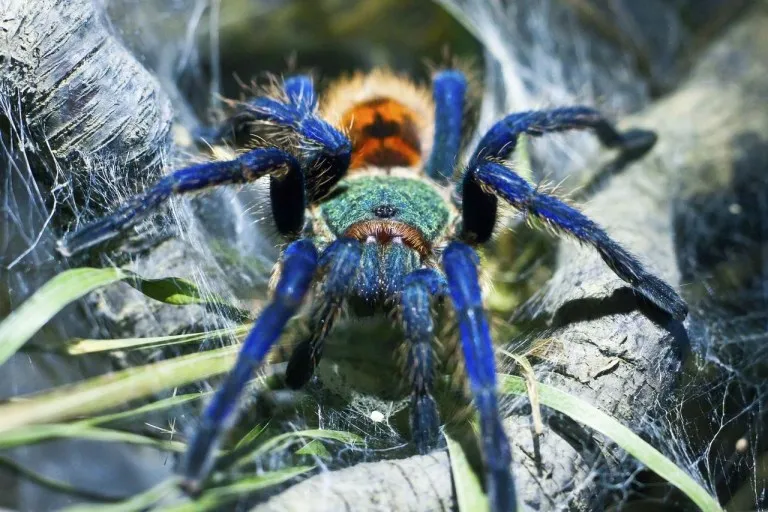
Once the spiderlings hatch, proper care is essential. Provide them with small, individual enclosures. They require a humid environment, small prey items such as flightless fruit flies or pinhead crickets, and a shallow water source. Monitoring the spiderlings’ progress is crucial to their survival and well-being. Keeping the spiderlings adequately fed and maintaining a suitable environment are essential. Watch for molting issues and other potential health concerns. Be prepared for the long journey of raising them to adulthood, as this species can take a few years to reach maturity. Successfully raising the spiderlings requires dedication and attention to detail.
Feeding and Housing Young GBBs
Spiderlings need appropriately sized food. Flightless fruit flies or small crickets are ideal for newly hatched GBBs. Provide a shallow water dish with cotton or sponge to prevent drowning. House each spiderling individually in small, clear enclosures with ventilation. Use a substrate that retains moisture, like coco fiber. Keep the enclosure clean and provide a small hide. Humidity is critical for spiderlings. Maintaining the proper humidity levels and regularly feeding the spiderlings are fundamental to their development. Small, frequent meals are preferable to large, infrequent ones. The smaller the spiderling, the smaller the food item.
Common Challenges and Solutions in Breeding GBBs
Breeding GBBs can present challenges. Sometimes, the female may not accept the male, or mating may not be successful. Other potential problems include egg sac failure or high mortality among the spiderlings. Being prepared for these challenges and knowing how to address them increases your chances of success. Monitoring the health and behavior of the tarantulas is essential for successful breeding. Keeping records of each breeding attempt and documenting any issues that arise will prove invaluable. Common problems include the female eating the male, the egg sac getting moldy, or the spiderlings having trouble molting. These issues can be addressed with proactive care.
Troubleshooting Breeding Issues
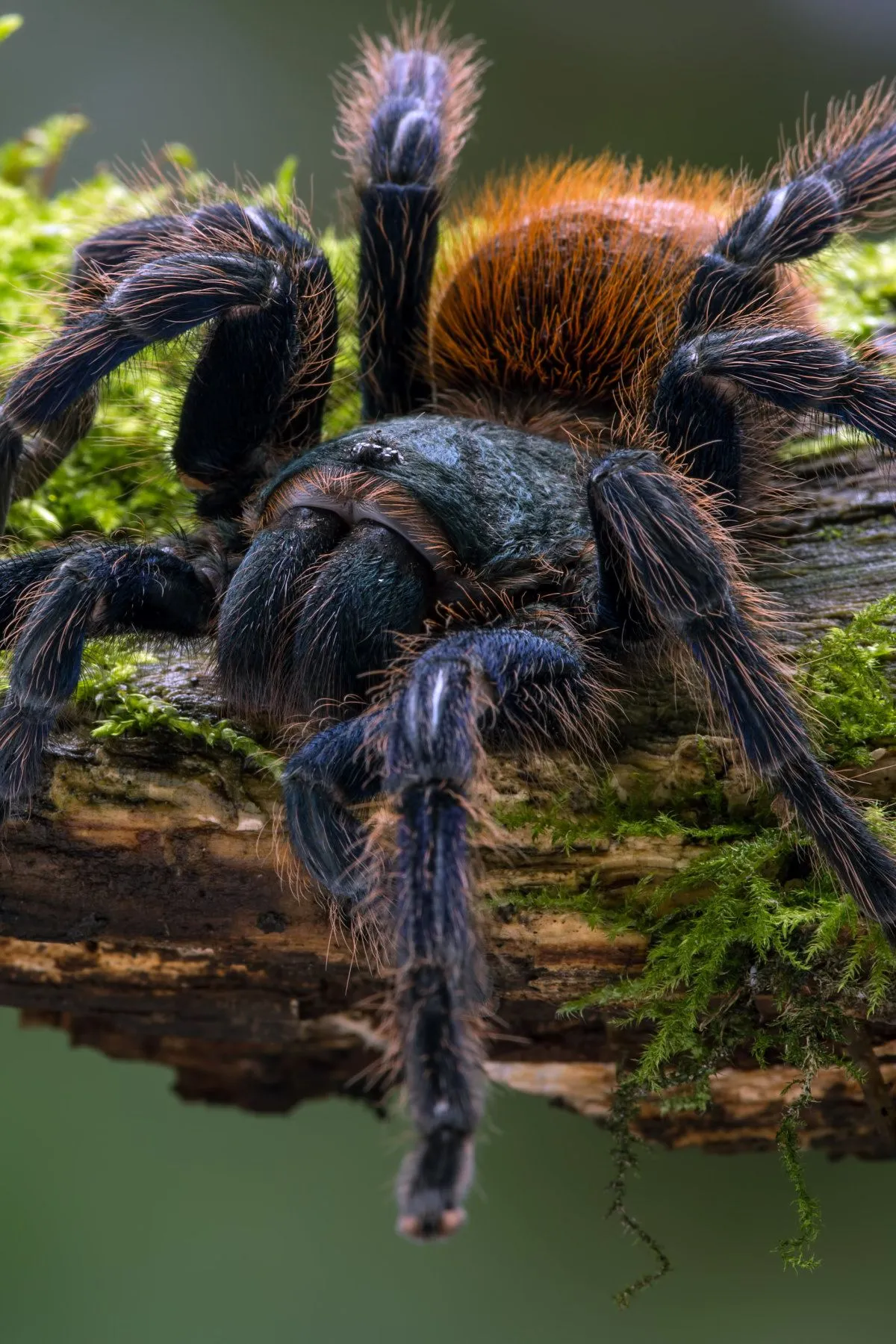
If the female rejects the male, re-introduce them later or try with a different male. If the egg sac fails, check the conditions of the enclosure for humidity and temperature. If the spiderlings are not thriving, adjust their feeding schedule, housing, and environmental conditions. Address any issues quickly. Common issues are often caused by incorrect humidity, temperature, or feeding. Always monitor and record the progress of your breeding attempts. Having a plan to handle potential problems will increase your chances of success, and researching the issues that could arise is key.
Avoiding Potential Pitfalls
Preventing potential pitfalls is crucial. Avoid overcrowding the spiderlings. Ensure the enclosures are clean and well-ventilated. Keep the humidity and temperature within the recommended range. Provide appropriate prey items and water. Quarantine new tarantulas to avoid the spread of diseases. Do your research and be prepared for potential complications. Maintaining proper hygiene, environmental conditions, and offering good nutrition are all essential. Thorough research and preparation will help you avoid these pitfalls and maximize your chances of breeding success.
Conclusion
Breeding Green Bottle Blue Tarantulas can be a rewarding experience. It requires dedication, knowledge, and attention to detail. By understanding their needs, providing the right environment, and being prepared for the challenges, you can increase your chances of success. Remember that patience is key, and not every attempt will be successful. Researching and understanding these beautiful creatures’ habits and requirements will prepare you for a successful breeding endeavor. Enjoy the journey and the fascinating experience of breeding these beautiful tarantulas. With patience and care, you can successfully breed these amazing creatures and contribute to the tarantula hobby.
